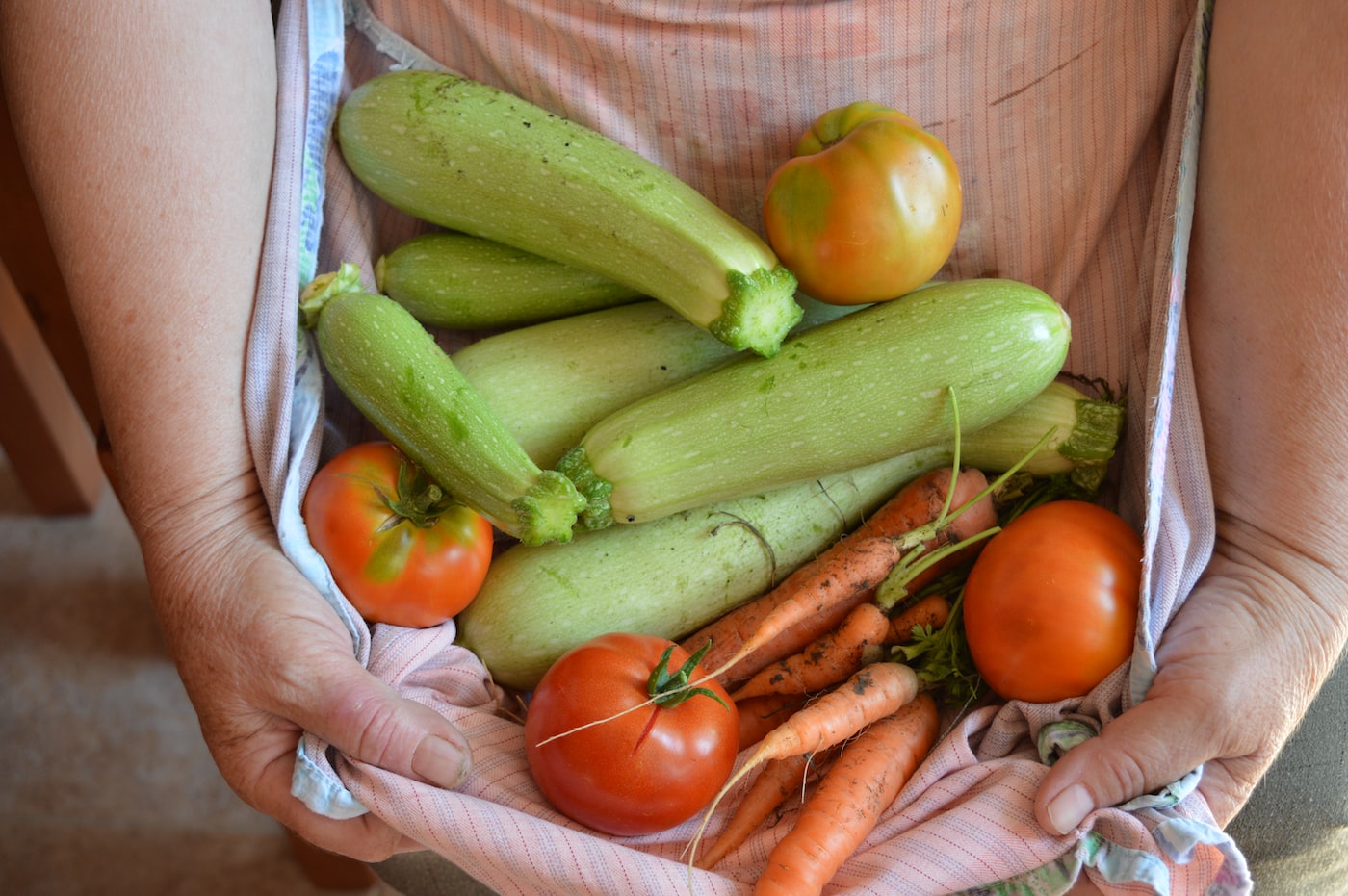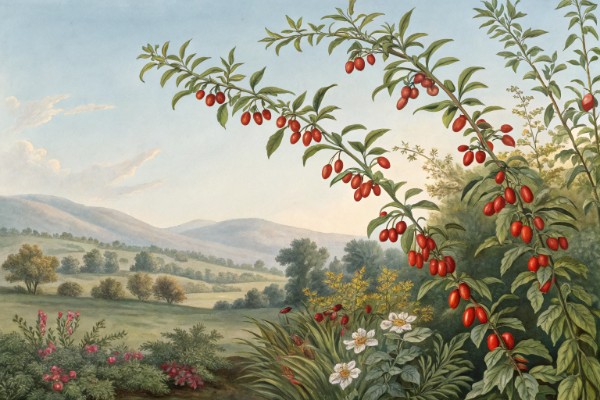Growing Silk Squash: A Simple Guide for Gardeners

Growing Silk Squash
Growing silk squash means planting in warm, fertile soil after frost, watering regularly but deeply, and providing sturdy trellises for vigorous climbing vines. Sow seeds directly outdoors in full sun, spacing them adequately since silk squash vines spread rapidly. Harvest young fruits often to encourage production and savor tender, mildly sweet squash perfect for stir-fries and soups. Hungry for details? Here's exactly how to get thriving silk squash in your garden.
Growing Silk Squash: what it is, why it’s worth your trellis
I grow silk squash as both a delicate vegetable and a source of luxe, natural bath sponges, which feels like cheating the garden supply aisle. The plant is luffa, usually Luffa cylindrica for smooth sponge gourds and Luffa acutangula for ridged, tender pods.
It craves heat, a long runway, and an honest trellis. Give it those, and it pays rent in fruit and fiber.
“About 75 percent of the world’s food crops rely, at least in part, on animal pollination.” — FAO
Climate, soil, and timing
Start Growing Silk Squash once soil hits 70 to 90 F, 21 to 32 C, and the last frost is a memory. In short seasons, I start seeds indoors 4 to 6 weeks before planting, then set transplants outside after nights hold above 55 F, 13 C.
It performs best in loose, well drained soil, pH 6.0 to 6.8. In USDA Zones 7 to 11 it runs wild outdoors, while cooler zones benefit from a warm wall, low tunnel, or greenhouse.
Sowing and spacing
I nick each seed’s edge with a nail clipper and soak 12 hours, then sow 0.5 to 1 inch deep, 1.2 to 2.5 cm. Pre sprouting on a damp paper towel speeds laggards in cold homes.
On a trellis, I plant every 12 to 18 inches, 30 to 45 cm, and thin to one strong vine per spot. In mounds without support, give 3 to 4 feet, 0.9 to 1.2 m, and expect land grabs.
Fertility and irrigation
Ahead of planting I fork in mature compost and a light, balanced feed, then chill on nitrogen once vines run. Excess N gives me braggy vines and shy fruit.
Steady moisture prevents stringy, bitter pods, so I aim for 1 to 1.5 inches of water weekly, 25 to 38 mm. Drip lines and a 5 to 8 cm mulch keep leaves dry and mildew at bay.
Pollination and flower timing
Male flowers arrive first, then females with tiny fruit at the base. Flowers often open late afternoon into evening, so I hand pollinate with a soft brush on still, buggy days.
I avoid spraying insecticides during bloom and stack the deck with basil, zinnias, and native flowers nearby. More bees, more luffa.
Trellising that actually works
- Cattle panel arch, easy harvest and gravity straightens fruit.
- T post with horizontal wires, vines clip fast and airflow stays high.
- Sturdy netting on a wall, perfect for patios, I double anchor the bottom.
- Pergola roof, edible shade all summer, dramatic in small spaces.
I prune weak side shoots and keep 2 to 4 main leaders, which concentrates energy into straighter, heavier fruit. Sun on all sides, wind in the leaves, mildew loses its footing.
Pests and diseases I actually see
- Cucumber beetles and squash bugs, I use row cover early and remove at first bloom, then scout daily.
- Aphids and spider mites under heat stress, a hard water spray, insecticidal soap, and more airflow turn the tide.
- Powdery mildew late summer, sulfur or potassium bicarbonate sprays help, though spacing and dry foliage win long term.
- Downy mildew in humid zones, plant early, pick early, and favor morning irrigation.
For detailed IDs and thresholds, I lean on UC IPM and state Extension guides, which keep the advice grounded in field trials. RHS and IFAS also offer straight shooting cultural controls.
Harvest: tender veg or luxe sponge
For food, harvest at 6 to 8 inches, 15 to 20 cm, when the skin still dents with a thumbprint. At this stage it sautés like zucchini with a cleaner, herbal note.
For sponges, let fruit mature 130 to 200 days until skin shifts to yellow brown and feels light and woody. I clip with a tail of stem and cure in a dry spot until the shell rattles.
Processing sponges without a mess
- Crack the dry shell by hand or stomp gently, peel, and shake out seeds for next year.
- Soak and slosh in warm water with a spoon of baking soda per liter, 1 tbsp per quart, to lift sap.
- Optional, a brief dip in a very dilute peroxide solution brightens without harshness.
- Rinse, squeeze, and sun dry until crisp, then store airy and clean.
A good vine yields enough bath sponges for gifts and the winter sink. Nothing beats scrubbing garden dirt with something you grew.
Yield expectations
My best plants on an arch average 10 to 20 market sized gourds, with spikes into the 30s in long, hot seasons. In cooler summers I see half that, so I hedge with earlier starts and heat holding mulch.
Troubleshooting quick hits
- Vines galore, few fruit, back off nitrogen, improve pollination, and thin to fewer leaders.
- Fruit aborting at thumb size, water stress or poor pollination, increase even watering and hand pollinate for a week.
- Bitter taste on young pods, water swings or over mature picks, harvest smaller and irrigate consistently.
- Curved or crooked sponges, train over an arch or tie a small weight to straighten while young.
- Leaves silvered and crisp, spider mites, blast undersides with water and add shade during heat spikes.
Buying guide for Growing Silk Squash
- Seed types, Smooth luffa, L. cylindrica, best for sponges, Ridged luffa, L. acutangula, best for eating.
- Where I’ve sourced reliably, Kitazawa Seed, Baker Creek, Johnny’s Selected Seeds, regional Asian groceries with seasonal racks.
- Trellis gear, cattle panels, heavy nylon netting, or a modular steel frame with UV resistant clips.
- Irrigation, 1 gph emitters on 12 inch, 30 cm, spacing with a pressure regulator and filter, cheap insurance.
- Sprays and amendments, wettable sulfur, potassium bicarbonate, fish bone meal, and quality compost.
- Harvest tools, bypass pruners, nitrile gloves for sticky sap, and vented crates for curing.
I buy early, mid spring, because good netting and panels sell out fast. One strong trellis lasts a decade, and your shoulders will thank you.
Companions and rotation
I rotate all cucurbits on a three year cycle to dodge soilborne problems. Calendula, dill, and basil bring in lacewings and hoverflies that clip aphid pressure.
Avoid planting after squash, melons, or cucumbers. Follow luffa with legumes or a quick cover crop to reset the soil.
Regional notes that change the game
- Humid Gulf and Southeast, start early, favor arches for airflow, and space wider.
- Arid West, mulch deeper, add afternoon shade cloth during heat spikes over 100 F, 38 C.
- Cool summer coasts, start indoors, use black plastic or fabric to warm soil, and choose the smooth type for faster finish.
- High elevation, lean on a greenhouse or low tunnel and prune to fewer fruit for finish.
Short season growers can still pull sponges by curing fruit off the vine indoors, I’ve finished dozens in a dry garage with a fan. Patience and airflow do the heavy lifting.
Related crops if you like Growing Silk Squash
- Bottle gourd, Lagenaria siceraria, edible young, craft ready when mature.
- Chayote, perennial in frost free zones, climbs hard and fruits late.
- Armenian cucumber, heat loving, crisp, forgiving in drought.
- Bitter melon, more pest resistant, intense flavor, stellar on arches.
These vines scratch the same vertical itch while spreading risk. A mixed trellis feeds both kitchen and curiosity.
Field backed sources I trust
- FAO, global pollination reports and crop reliance figures, practical for planning bloom support.
- USDA Plant Hardiness Zone Map, a reality check on outdoor planting windows.
- UC IPM, Cucurbit disease and pest keys with thresholds and cultural controls.
- UF IFAS Extension, warm season vegetable production notes that match heat and humidity.
- RHS, cultural tips for cucurbits that translate cleanly to gardens and allotments.
I cross check advice against what the vines tell me each week. Plants do not lie, they just speak in leaves and timing.
Cheatsheet: Fast Tips for Silk Squash Success
🌱 Choose Location
Full sun needed—choose a site with 6+ hours daily. Silk squash loves warmth: 75–86°F (24–30°C).
🧑🌾 Soil Prep
Soil pH 6.0–6.8. Enrich with compost. Ensure drain. >12" (30cm) depth best.
🌡️ Sowing
- Direct seed: After frost, soil 70°F+ (21°C).
- Plant 1"+ (2.5cm) deep, 3' (1m) apart. Row spacing: 5' (1.5m).
- Use trellis for vertical growth.
💧 Watering & Feeding
- 1–1.5" (2.5–4cm) water weekly.
- Feed monthly: liquid balanced fertilizer (10-10-10).
- Mulch to retain moisture.
🌼 Pollination Boost
- Hand-pollinate for higher yields.
- Use soft brush to transfer pollen.
🐞 Pest Patrol
- Check leaves for beetles, aphids.
- Neem or insecticidal soap controls most infestations.
🔪 Harvest & Storage
- Pick young, 4–6" (10–15cm), for tender texture.
- Cool, dry storage extends shelf life 1+ week.
🛠️ Tools & Products You'll Need
- Quality trowel
- Watering can or drip system
- Trellis/netting
- Compost
- Mulch
- Seeds
- Balanced fertilizer
🥗 Nutrition & Self-Sufficiency
High fiber, vitamin C, potassium. Grow 3 plants = 1 household’s supply for 4 months.
⚡ Quick Fact
Silk squash yields up to 50 lbs (23kg) per plant in ideal conditions.
Frequently Asked Questions About Growing Silk Squash
What type of soil encourages vigorous growth for silk squash?
Rich, loamy soil enhances silk squash growth. Prepare a planting area deep with organic compost for optimal nutrient availability and root development. Maintain a slightly acidic to neutral pH of 6.0–7.0 to promote healthy fruiting.
How often should silk squash be watered?
Regular watering supports silk squash health. Provide consistently moist soil, typically watering every two to three days or whenever the top inch (2.5 cm) begins to feel dry. Increase watering frequency during hot, dry periods, delivering about 1–2 inches (2.5–5 cm) of water weekly.
What ideal temperature range supports best growth?
Silk squash thrives in warm conditions. Optimal temperatures for growth and fruit setting range between 70°F–85°F (21°C–29°C). Protect young seedlings from temperatures below 60°F (15°C), which may affect growth rates.
When should silk squash be harvested for the best flavor?
Harvest silk squash while fruits are young and tender, usually around 6–8 inches (15–20 cm) long. Picking them earlier prevents seeds from maturing and ensures tender flesh and mild flavor.
Are supports or trellises required for silk squash plants?
Supporting silk squash vines with a trellis or garden stakes improves fruit health and plant productivity. Proper support promotes airflow through the foliage, reducing diseases and enhancing fruit uniformity, ease of harvest, and overall yield.
What are common pests silk squash growers face, and how can they be controlled organically?
Silk squash typically attracts pests like aphids, spider mites, squash bugs, and cucumber beetles. Control them organically through practices such as hand-picking pests, introducing natural predators like ladybugs, or applying neem oil and insecticidal soap sprays.
How can fruit production be increased in silk squash plants?
Increase silk squash yields by regular harvesting, timely watering, and balanced fertilization. Applying aged compost or organic fertilizers enhances nutrient availability. Regular picking stimulates continuous blooming and fruit set, maximizing your season’s harvest.
Growing Silk Squash rewards patience and a little know-how. Give it rich soil, steady water, and a spot with full sun. Watch for pests, and harvest when the fruit feels just right—firm, with a soft sheen. The payoff is a vegetable that’s both versatile and delicate on the plate. If you’ve mastered winter squash, you’ll find silk squash is a welcome addition—unique, but not fussy. At the end of the season, you’ll have a harvest worth sharing, and maybe a new favorite for your kitchen. Growing Silk Squash isn’t complicated—just honest work, and the kind of care any good garden deserves.



